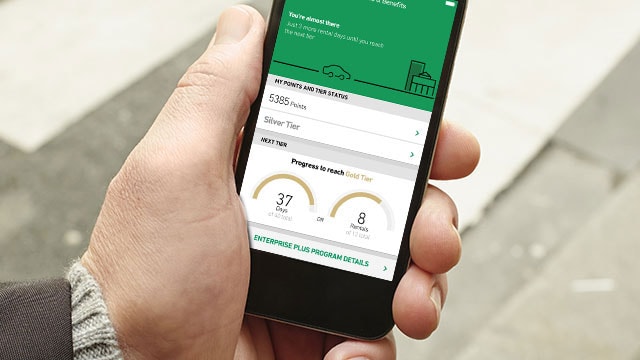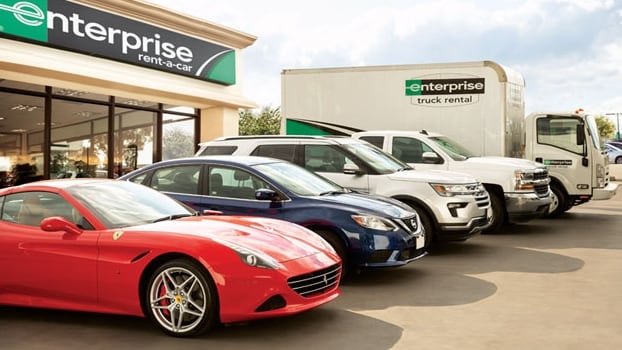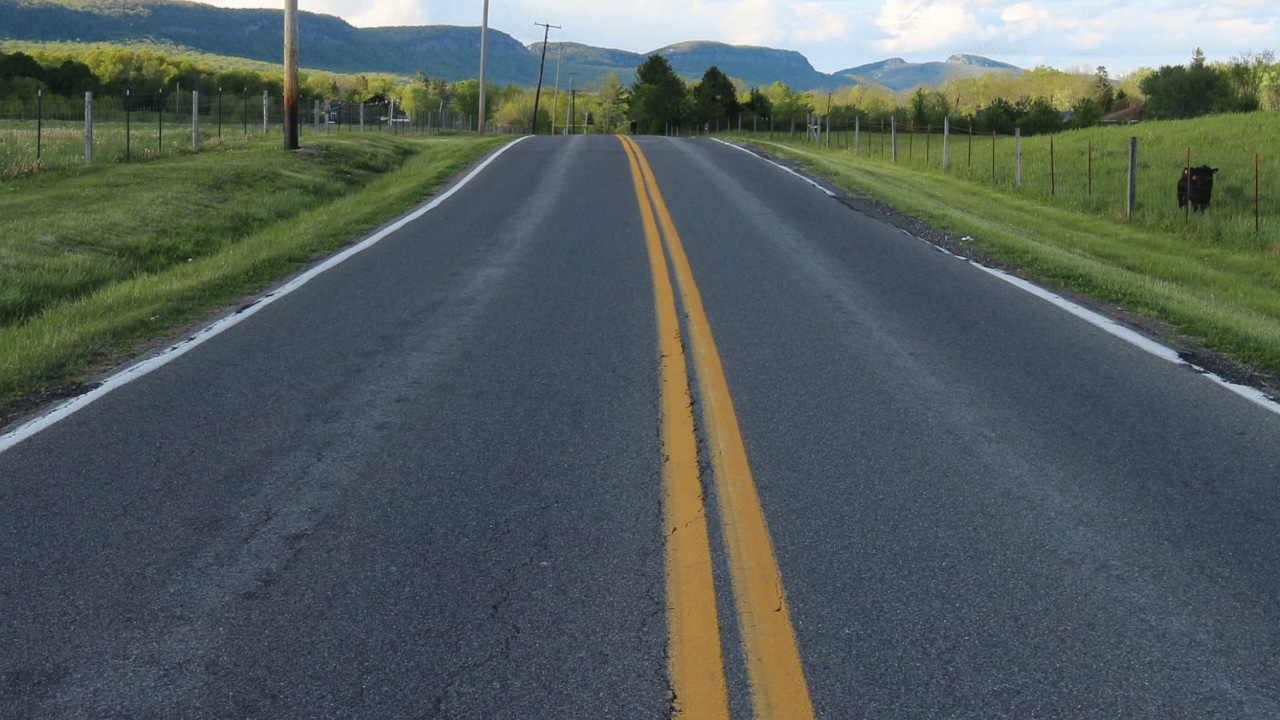Road Trip from San Francisco to Las Vegas
While it's possible to drive to Las Vegas from San Francisco in one (long) day, there's no need to hurry. The journey between is filled with adventure. This drive takes you through a variety of diverse landscapes with plenty of unique stops along the way. From the Pacific coast to the Mojave Desert, you'll drive through a land of extremes, making this a road trip of a lifetime. Be prepared for the open road by visiting our checklist of road trip essentials.
Drive Time from San Francisco to Las Vegas: approximately 10 -11hours
Distance from San Francisco to Las Vegas: approximately 655 miles
Best Car for this road trip: Convertible
1. San Francisco and the Pacific Coast Highway
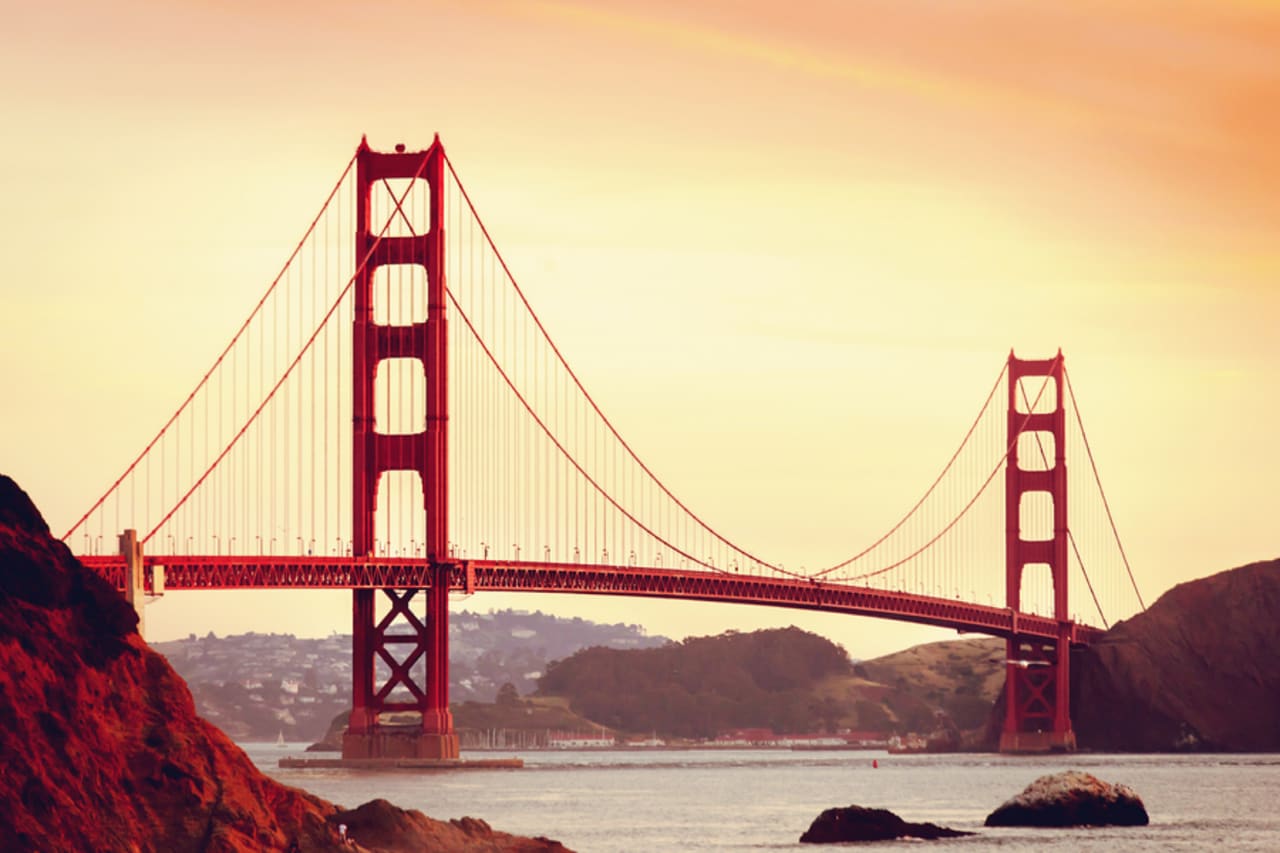
Golden Gate Bridge, San Francisco, CA. Photo Credit: Bigstock
Day 1
First things first, fuel up. Fill up your tank and then swing by Dynamo Donut & Coffee for a breakfast of champions. Pick up their famous maple bacon apple donut or try the passionfruit milk chocolate donut, just don’t forget a cup o’ joe to go with it. Once you’ve satisfied your morning sweet tooth and have some liquid energy coursing through your system, hop in your rental car and head south on I-280 and merge onto the Pacific Coast Highway (PCH) south of Daly City.
The entirety of the PCH is worthy of a dedicated road trip but the segment between San Francisco and Monterey has some of the best scenery on the California coast. Keep your eyes peeled for dolphins and whales, and stop at the numerous observation areas on the side of the road. If you choose to take a driving detour inland, the Big Basin Redwoods State Park is home to the largest stand of old-growth redwoods south of San Francisco and is a can't-miss destination for any visitor. The Rancho Del Oso coastal section of the park is only under an hour and a half south of San Francisco.
2. Monterey
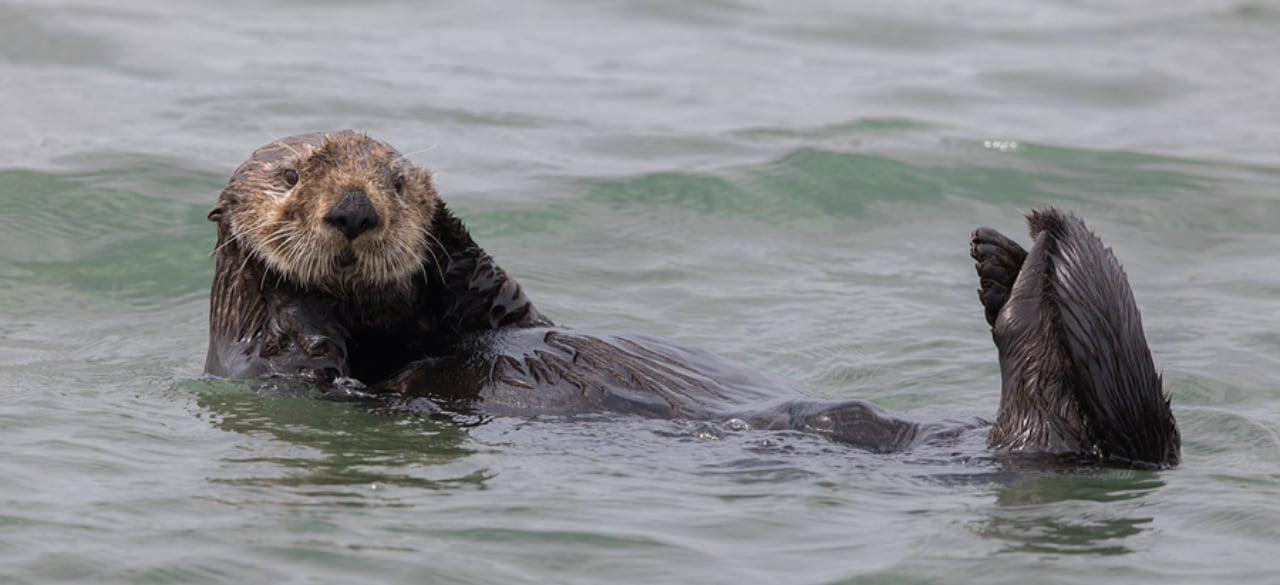
Otter in Monterey, CA. Photo Credit: Bigstock
The Pacific Coast Highway will take you straight to the coastal town of Monterey, about two hours or 115 miles from San Francisco. The Monterey Bay Aquarium is one of the top research facilities in America with amazing hands-on exhibits. Although you can easily spend half a day looking at various fish and marine life, the best Aquarium experience is one of the daily shows or feedings. It's hard to pass up a chance to feed a sea otter!
After the aquarium, walk along Cannery Row, a favorite, walkable tourist spot full of shops and restaurants. Look out along the coast and try to spot whales, dolphins and sea otters playing in the water. Better yet, play a round of golf along the coast at Pebble Beach or Cypress Point and spot marine life while sinking a putt. This is also a great spot for a quick scenic drive down the 17-mile drive, which hugs a number of golf courses, the coast, and offers a peak at some unique homes.
There is indeed enough to do on the Monterey Peninsula to spend a full weekend relaxing amongst the locals, but remember, the ultimate goal is ‘Viva Las Vegas’! If you played that round of golf, you’d probably want to stay in Monterey for the night, but if not, it’s on to the next destination.
3. Sequoia National Park
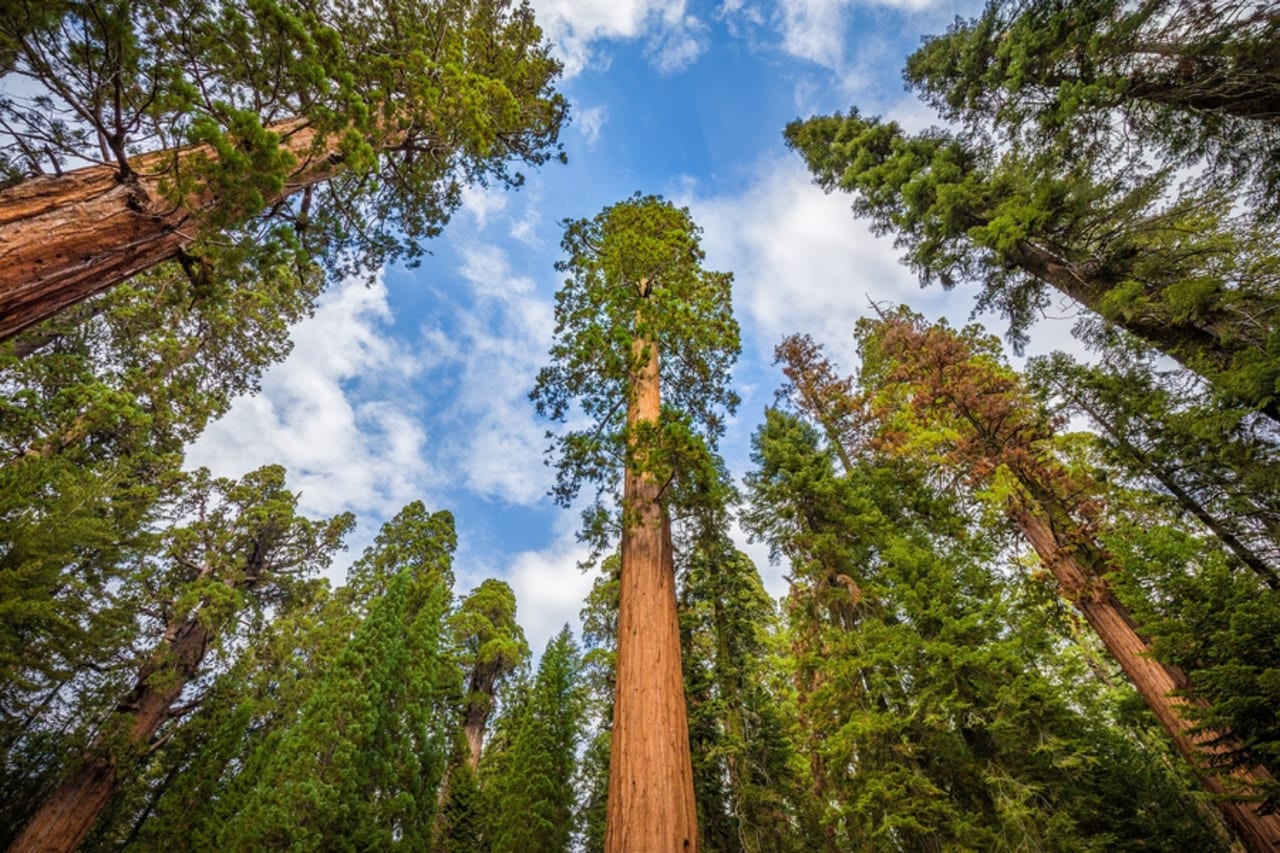
General Sherman Sequoia National Park. Photo Credit: Bigstock
After Monterey, head east on highway 68 and then venture along the foothills of the Sierra Nevada Mountains on highway 101 and 198 until you reach Visalia. This town is your base camp for the next day’s adventure to Sequoia National Park. Grab dinner and a drink at Brewbakers, a local brewery and pub. Is beer not your thing? Got travelers under the age of 21? Fear not, they also have hand-crafted sodas on tap.
Day 2
Grab some hiking snacks, put on some comfortable boots and head east toward Sequoia National Park. Stroll through the park's famous Giant Sequoias including the General Sherman, the world's largest tree by volume. The Tokopah Falls Trail, a 4-mile path accessible to hikers of all experience levels, offers a view of the Park's alpine areas as well as the namesake waterfalls.
After a rousing early-morning journey through the forest, it’s time to hit the road again. It’s a big day ahead of you, and you’ll want enough time to capture it.
4. Mojave Desert
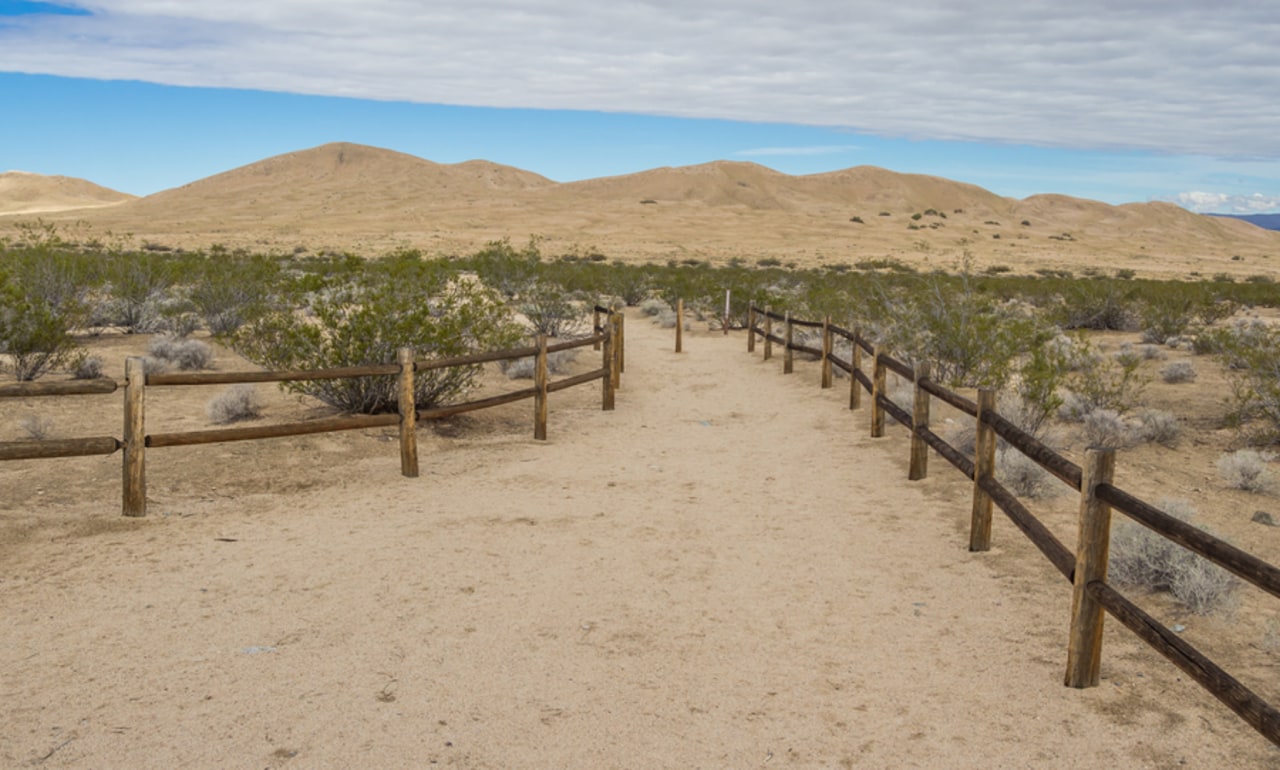
Kelso Sand Dunes, Mojave National Preserve. Photo Credit: Bigstock
On the way out of California lies the Mojave Desert, one of the largest deserts in the United States. Head back from Sequoia get on highway 65 south to Bakersfield where you will then catch highway 58 and then I-15 to the Mojave Desert (roughly a five and a half-hour drive). This stretch of highway will be the longest section of your trip. Despite having some of the most extreme conditions of any National Park, the Mojave Desert is stunningly beautiful and immensely popular.
Due to intense heat, authorities recommend extreme caution during the summer. And you will definitely need to have proper hiking equipment and plenty of water if you do head out for a hike. However, the desert is worth a stop and some people can spend hours taking in the stunning views. Venture into the Mojave National Preserve and swing by the Kelso Sand Dunes or Joshua tree forests for spectacular views.
5. Las Vegas
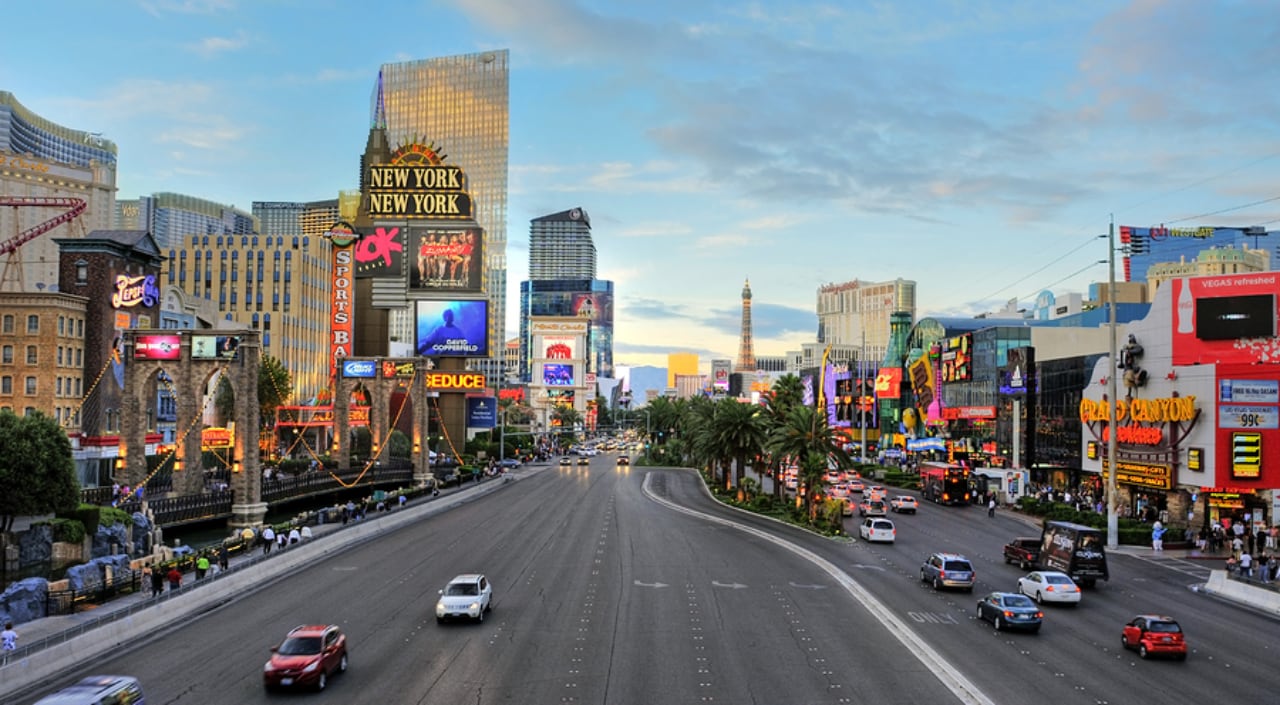
The Last Vegas Strip. Photo Credit: Bigstock
Las Vegas is less than two hours to the north of the preserve. Vegas is an entertainment colossus, offering exquisite dining, luxury shopping, great shows and high-stakes gambling in each of the beautiful resorts lining The Strip. If you want a birds-eye view of the action, check out either the Stratosphere Tower Observation Deck or the Eiffel Tower Experience at Paris Las Vegas.
Day 3
Of course, gambling is what most picture when they get to Las Vegas, but the city has so much more to offer. Grab an exquisite dinner at any of the many restaurants from celebrity chefs like José Andrés, Bobby Flay, Wolfgang Puck or Nobu Matsuhisa. Catch a show from well-known performers like Celine Dion or the Cirque Du Soleil artists who have seven different performances around town.
With all there is to offer, it’s best to spend a few days trying your luck around town. You’re bound to make a many memories that will last a lifetime. When the trip wraps up, you can easily return your one-way rental car at Las Vegas airport before flying back home.
This spectacular trip takes you from the foggy Pacific Ocean to glittering Las Vegas, passing through some of the most rugged landscapes in the United States. Prepare for breathtaking views and scenes of grandeur, both natural and manmade. You won't want to miss a minute of it.
San Francisco to Los Angeles FAQs
There is a toll for the San Francisco Bridge, though you only pay it if you are headed south toward the city. The toll is assessed by the number of axles. Most passenger cars are two-axle vehicles, and they are charged a toll of $8 (as of May 2019). Motorcycles pay the same rate.
As a coastal city, San Francisco ranges from the mid-50s in the winter to the mid- to upper 60s in the summer. The temperatures in Las Vegas regularly rise above the mid-90s to over 100 degrees from the end of May through September. Vegas winters hover in the mid-50s in the daytime and can dip into the upper 30s at night.
Beyond the casinos, Las Vegas is also a luxury destination, full of exhibits, museums, artwork, and entertainment experiences. The pools are world-class, the spas are indulgent, and fine restaurants owned by celebrity chefs provide the ultimate dining experience. Las Vegas is also a shopping destination. There are outlet malls to delight bargain hunters, as well as designer boutiques from luxury brands like Chanel, Dior, Jimmy Choo, and more.
Vegas also offers a variety of incredible theater, music, and even acrobatic performances. Catch a concert, see one of seven Cirque de Soleil productions, or go dance to the electronic beats from the world's best DJs in residence. There's so much to do and see in Las Vegas outside of gambling.
The intense summer heat of the Mojave Desert sometimes rises over 140 degrees, raising the danger of dehydration and heatstroke. Wear a hat, long sleeves, and pants in breathable fabric to keep yourself cool. Pack at least one gallon of water per day per person. Don't wait until you feel thirsty to start sipping. Hike or explore in the early morning or late afternoon to avoid the full brunt of the sun.
You should also be watchful for snakes and scorpions, both of which can be poisonous and pose a significant danger to desert explorers on foot. Look before you step, and as a precaution, shake off your clothing if you've been seated on the ground. Take these precautions, and you can fully enjoy the natural wonders of the Mojave National Preserve, Kelso Sand Dunes, and Joshua Tree National Park.
Kids can take in all the glittering lights of Las Vegas with an early evening family walk to see the lights and fountains shows outside the Bellagio and Treasure Island. You can also take children to see a family-friendly magic show or one of the incredible Cirque de Soleil performances around town.
One fun local experience that's sure to please is a visit to the Las Vegas Neon Museum's “boneyard,” a fascinating outdoor display of retired casino neon signs. They make the perfect spot for a group selfie at sunset. For an extra fee, you can watch a special light show. Another option is to use Las Vegas as a base camp for a day trip to marvel at the Hoover Dam or spend a day hiking or rafting at The Grand Canyon.
Cannery Row at Monterey is famous both for its fun experiences and its incredible scenic coastline views. You can dine at quaint beachside eateries, shop for cool California mementos, and walk along the coast for incredible sunset views. Look out to sea from Cannery Row, and you could spot a whale, dolphin, or sea otter splashing in the surf.
Sequoia National Park is open all year long, though you will want to monitor the weather and check with the park facilities before visiting during certain parts of the year. There are five main sections of the park, and only three of them are open year-round. The Mineral King and Cedar Grove areas are closed in the winter but are open from spring through fall.
Summer is the ideal time to visit, as the cool weather offers relief from the heat in the foothills. Fall is beautiful but cooler, and mountain weather changes quickly, so be sure to dress accordingly. It's also wise to check before your trip, as certain sections may be closed due to impassability or weather conditions. Late fall brings the first snowstorms, and although the snowy Giant Sequoias are extremely beautiful in snowfall, the parks require chains on all tires during the cooler months and winter season. Whenever you choose to visit, you will surely be awestruck by the park's majestic Giant Sequoias.

